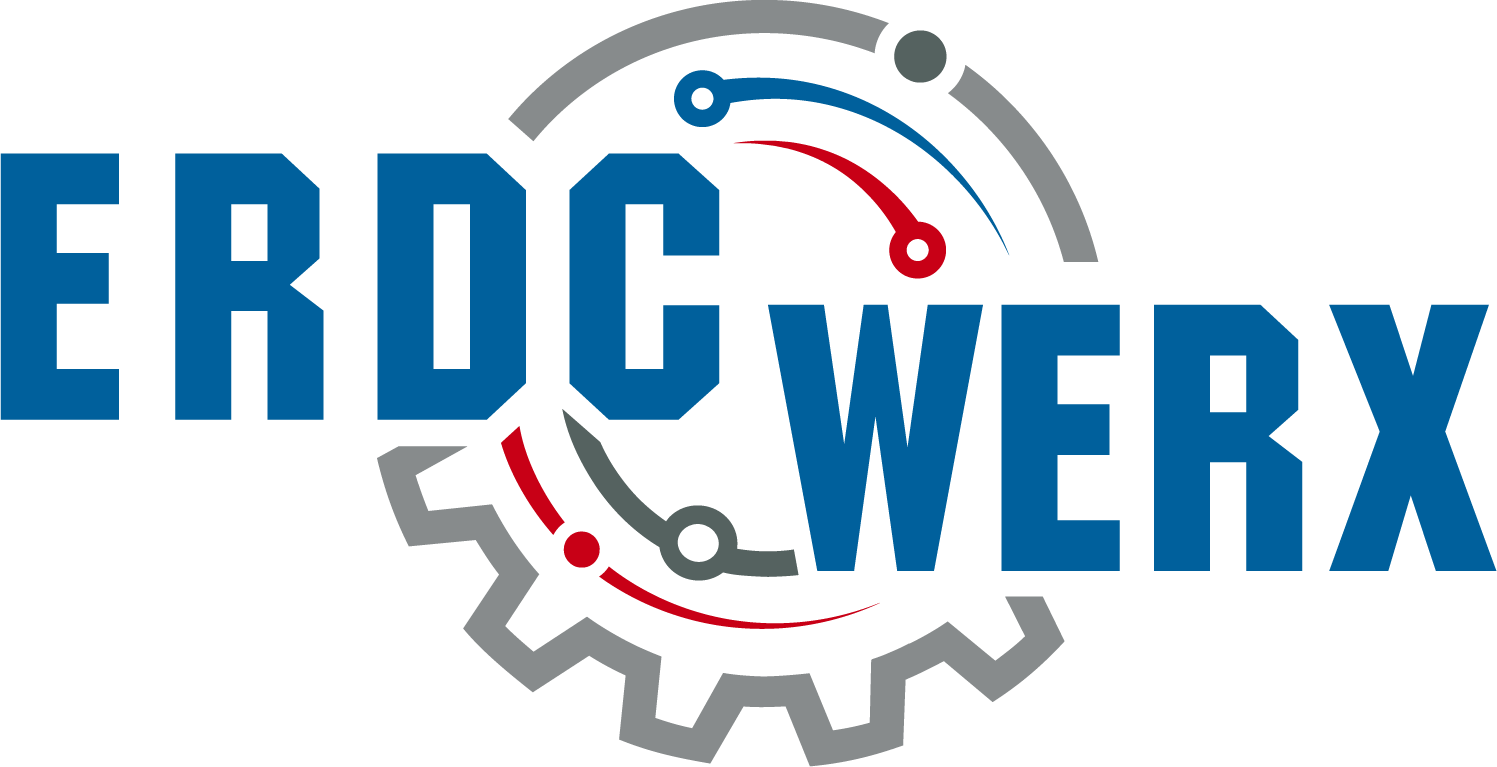Submit Your Geospatial and Remote Sensing Solutions
The U.S. Army Engineer Research and Development Center (ERDC) Geospatial Research Laboratory announces a Commercial Solutions Opening (CSO) which aims to find technology that pioneers geospatial solutions for the Warfighter. This CSO contains broadly defined areas of interest that align with the lab’s mission to expand innovative geospatial solutions. While some of these areas of interest are geared toward meeting individual program requirements, the Government reserves the right to award contracts from this CSO to meet the requirements of ERDC’s Geospatial Research Laboratory (GRL) at other locations with similar mission focus areas.
The CSO Solicitation document provides additional details and instructions.
Areas of Interest

Description: ERDC GRL seeks to improve capabilities and methods that can utilize and provide expanded geo-enabled decision support technologies in the five areas of Mission Command: Personnel, Networks, Information Systems, Processes and Procedures, Facilities, and Equipment. Proposed solutions may include, but not be limited to technologies to plan faster with authoritative geospatial data, reduce the hardware & software burden for a converged Common Operating Picture, leverage a distributed cloud-based computing environment, enable the development of running estimates for strategic and operational planners and converge tactical scale data and analysis into Joint Planning Services. Solutions should be executed and demonstrated on current Army systems or work within the framework of conceptual systems to validate methods reflecting decision support based upon integrated and authoritative geospatial data.

Description: ERDC GRL seeks to improve capabilities and methods to deliver improved registration, calibration, and characterization tools for 3D data and deliver optimized geospatial data for visualization in current and future edge and hand-held analytical computing devices and displays. Solutions need to improve data acquisition, processing and rendition as well as reduce computational and network burdens for processing by taking advantage of advanced compression techniques for both texture and mesh map components. Methods to advance interior mapping and registration capabilities, associate mapping and geospatial data with relevant attribution, and integrate 3D visualization and analytics capabilities across echelons is also sought to more accurately characterize scene information and accelerated processing.

Description: ERDC GRL seeks to improve capabilities and methods to more effectively converge the greater geospatial enterprise into Mission Command environments capable of 1) delivering automated terrain analysis tools, 2) addressing computing and bandwidth constraints of the tactical network for analytics, 3) fostering “Common User” tools for all Warfighting Functions (e.g., Mission Command, Movement and Maneuver, Intelligence, Fires, Sustainment, and Protection.), 4) deliver geospatial file-reduction methods, and 5) automate digital 3D map production for more accurate terrain characterization for mounted and dismounted soldiers.

Description: ERDC GRL seeks to improve capabilities and methods to exploit, characterize and calibrate data from current and emerging active and passive remote sensing capabilities for all aspects of terrain information including above and below ground 3D characterization and mapping. Solutions for the exploitation of systems may include electro-optical (EO), forward-looking infrared (FLIR), Long Wave, radio-detection and ranging (RADAR), light-detection (LiDAR), Night Optical Devices (NODS), or any other sensor(s) being used to collect remote sensor data leveraged toward the production of 3D map and terrain information. Methods may include improving: the accelerated acquisition, processing, geometric and radiometric calibration, conversion, and rectification of these data. It may also include advances in statistical classification and analytics processing that adopt artificial intelligence and machine learning where appropriate.

Description: ERDC GRL seeks to improve capabilities and methods to address the disruption of global navigation satellite systems (GNSS) with particular attention to GPS. Methods are sought to effectively use 3D geospatial data to develop a visual terrain referencing system for navigation in GPS-denied area(s) and eventually mature and employ advanced Artificial Intelligence and Machine Learning applications for overland positioning & navigation. Solutions in this area seek both traditional remote sensing systems combined with ground, mid- and low-altitude sensors processed and rectified to ascertain position based on resected solutions sets. Capabilities sought include demonstration of accuracy statistics determined from real-time kinematic (RTK) positional data and reflect both 1) localization reporting once GPS is denied and 2) reset of navigation terms to continue mobility along a pre-planned route.

Description: ERDC GRL seeks to improve capabilities and methods that leverage dynamic 3D terrain-informed geospatial foundation information. Solutions are sought that apply analytics across scales and sensor modalities to infer or otherwise characterize terrain feature conditions, topographic changes, environmental states, and conditions of the basic terrain ‘layers’ (e.g., hydrology, surface materials, roads and infrastructure, vegetation, and obstacles). Methods are encouraged that develop dynamic terrain reasoning capabilities to support Aviation, Fires, Maneuver, Protection, etc. and that address challenges in the delivery and processing of dynamic 3D terrain data, improve understanding of near-surface physical processes to enhance Situational Understanding, and improve Warfighting planning and performance. Demonstration of any offered capability should be on a Geographic Workstation (GWS) or similar systems architectures in which analytics are performed that are close to or emulate fielded capabilities.
ERDC-GRL will typically use a one-step evaluation process but does reserve the right to request a pitch (see CSO Solicitation) that would add a second step to the evaluation process. Under the one-step evaluation process, offerors whose proposed solutions meet the need of the government and include enough detail to complete a full technical evaluation will not be required to provide a pitch of their solution.
All contracts will be firm-fixed price. All supplies and services procured via this CSO are treated as commercial. The Contracting Officer must determine the price fair and reasonable prior to award. ERDC-GRL is conducting this CSO on a full and open basis and intends to award contracts in accordance with FAR part 12 and the FAR part that is deemed most appropriate for the solution proposed (i.e. FAR part 13, 15, and/or 35); the government reserves the right to award agreements (e.g. Other Transaction Agreements), if deemed in the government’s best interest.
How to Participate
1. Review the CSO Solicitation
2. Review FAQs
3. Once the solution is ready to submit, complete the submission form
Questions: Please send all technical and administrative questions using this form. Q&A will be updated periodically. It is the responsibility of the offeror to review Q&A prior to submitting a proposal.


